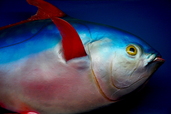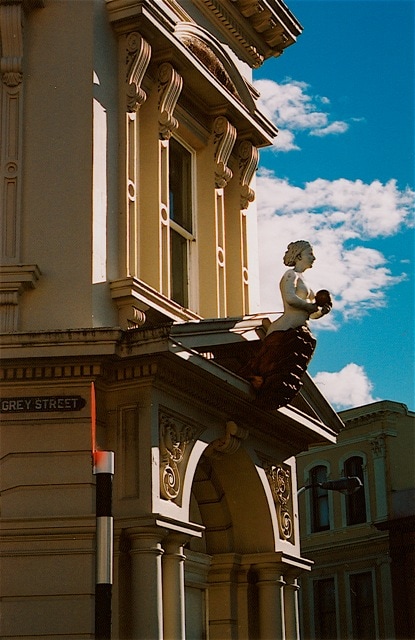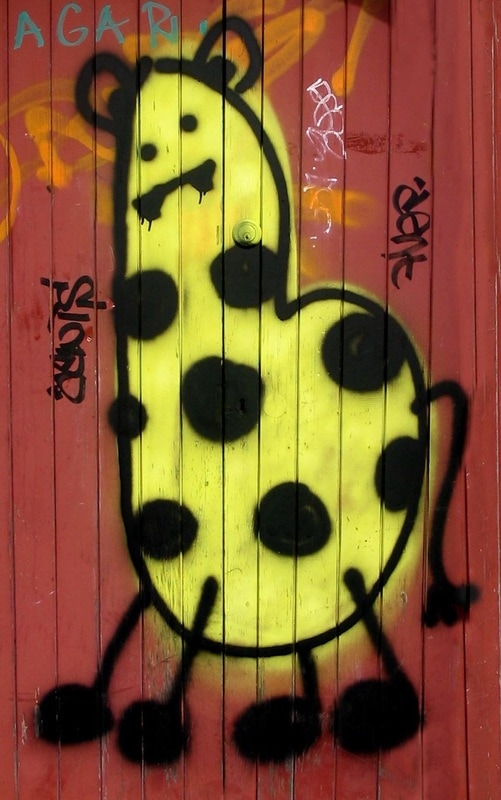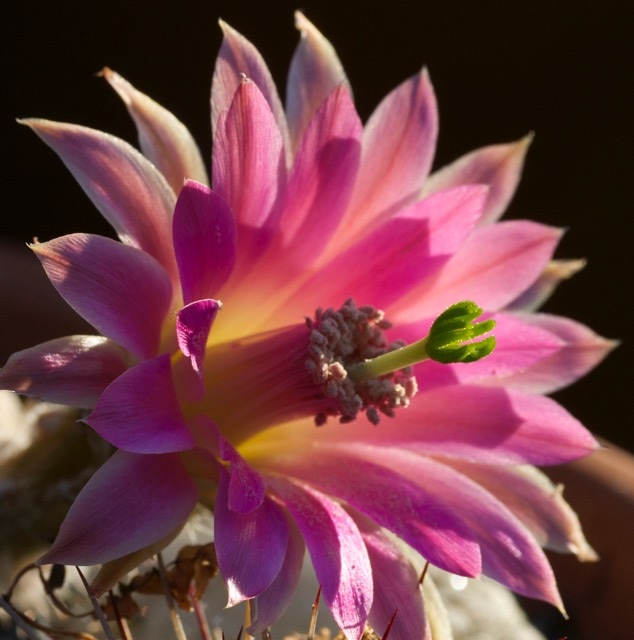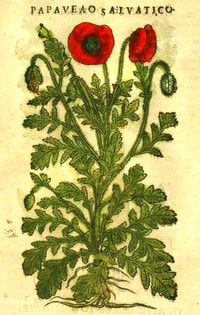| Philip at The Old Trout Boutique had a textile calamity a while back; to cut a long story short, two of his lovely vintage kente cloths ended up in an attic in plastic bags getting mouldy and buggered. Sadness! I'd never actually handled a kente before and was both impressed by their beauty and appalled by their fate, so I offered to have a go at washing them in the hope that we could salvage some sections. < Here they are on the ivy wall catching some UV to kill those shitty mould spores. Wet-washing vintage textiles is always contentious. Most authorities advise against it because amateur munters have ruined a good chunk of the historical record with their ham-fisted laundering fails. Under normal circumstances I would never wash pieces like this and I do not advocate it unless you either really know what you're doing or the item is definitely not historically or academically important. Establish that before you wash something, not afterwards. |
Older kentes are generally medium-weight silk with some cotton. In my experience, ethnographic textiles from the 20thC often feature both stable and unstable dyes, and so it was with this piece.
| It's best to just assume you'll be dealing with leaky dyes when you're washing an older textile. Though the structure was generally still robust, this blue kente was grimy and tired, with mould, a few rotted holes and some of the strip-woven sections were coming apart. I ran a third of a bath of cold water, shook up some conventional glycerine hand soap in a jar of hot water and added it along with a litre or so of plain white vinegar to the bath. (Mould stink is one of the most stubborn smells to try and exorcise but vinegar tends to abolish all manner of aromatic funkiness. It also tends to prevent fugitive dyes from 'fixing' in the lighter sections of the weave during the wash.) With the water lukewarm (not hot- don't be tempted) I submersed the fabric and subjected it to a bit of gentle manual agitation to ensure even exposure to the water and to coax some of that dirt free. No scrubbing, just swishing around. |
| After ten minutes of this very respectful treatment I drained the bath, lay the kente as flat as possible in the empty tub and used the shower head to hose it off immediately (always cold water), paying attention to both sides of the cloth. Be really careful with wet textiles; they're in a weakened state and all that extra weight makes them particularly easy to rip. Try to find someone to help you handle and support the larger pieces. |
Ideally, silk should be laid out flat somewhere shady to dry because wet suspension can stretch the fibres and cause permanent deformation. But it's the middle of winter and and I don't have clean dry grass or a concrete pad handy, so this guy goes on the washing line. Never peg silk or vintage cloth and if your dyes remain stubbornly unstable, try to ensure the doubled-over areas don't come into contact with each other while still wet. Laid flat and straight on an old towel or sheet is best if you can possibly manage it. I should have laid a towel over this wire line but I didn't think of it.
| Don't panic if your wet fabric looks substantially different from its original state. They usually dry lighter. Expect a small degree of lustre loss in shiny virgin silks- that's just how the biscuit breaks down. Observations: A moderate amount of blue dye exited stage left in the rinse, but the blue sections were only very slightly (maybe 5%) lighter overall and there was little to no staining in the lighter colours- even the yellow resisted. |
Verdict? Both thumbs up to this treatment in the case of (non-significant) textiles that are otherwise too stinky or too dirty to tolerate. I was surprised at the decent colour retention and pretty sure I could have gone a wee bit harder with the soap concentration without detriment to the fabric. Your results may vary depending on your dyes and construction, but if your item is otherwise destined for the discard pile, you might as well roll the dice and give this process a try. Substantial portions of these kentes can now be salvaged for further use, and that is gratifying.




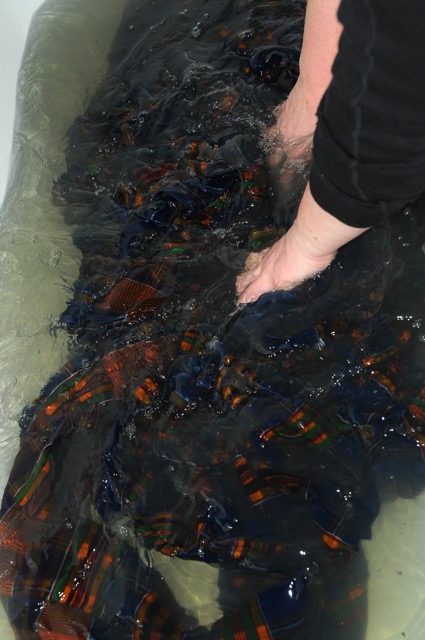
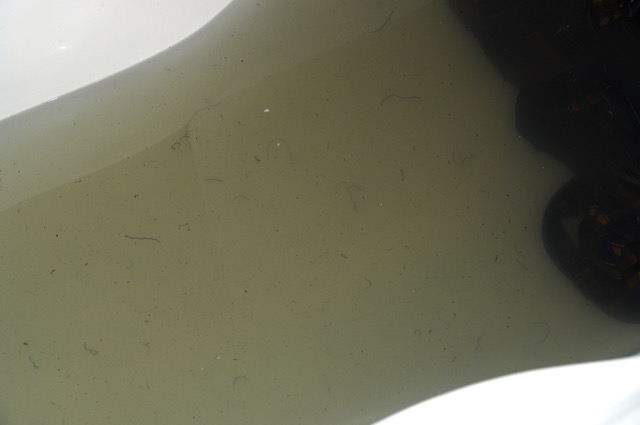

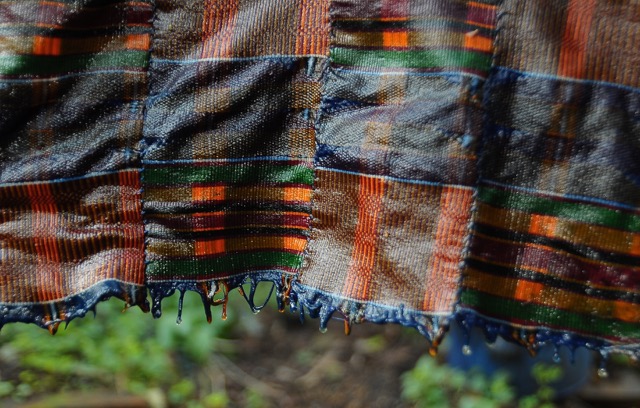

 RSS Feed
RSS Feed



